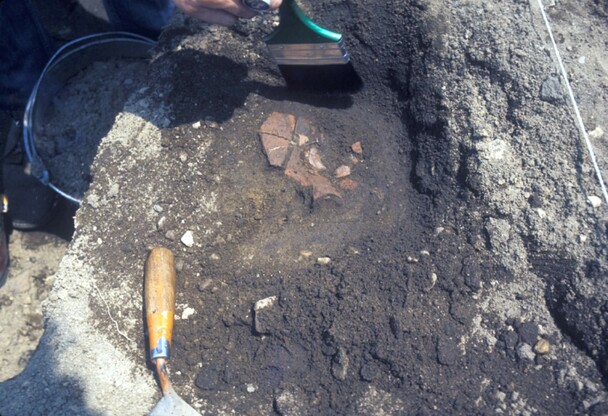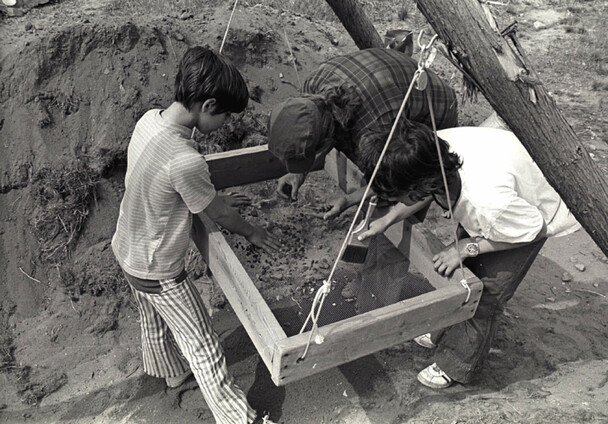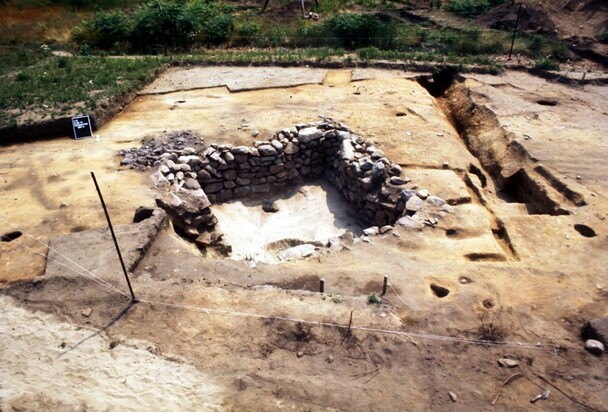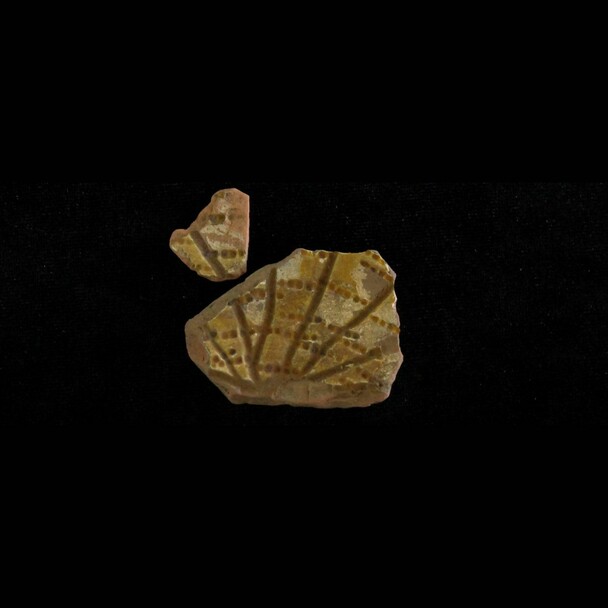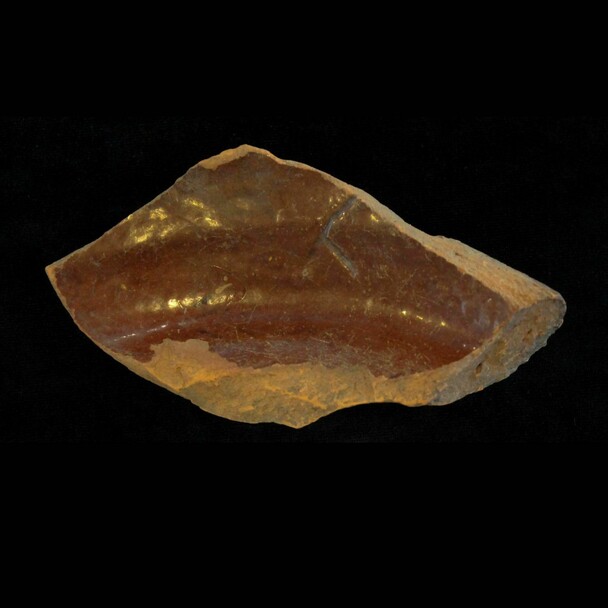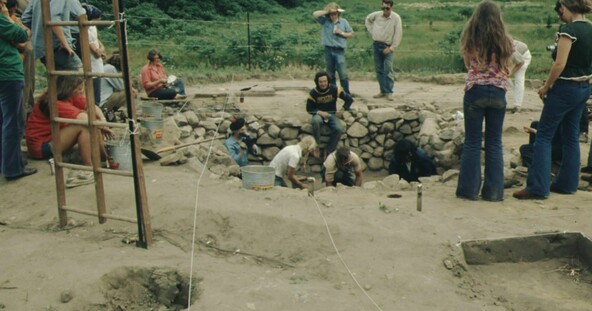
Allerton-Cushman House Site
The Landscape
The Allerton-Cushman House Site is located in Kingston, Massachusetts, approximately 6 miles northwest of Plimoth Patuxet Museums.
Site Overview
The Allerton-Cushman House Site, designated C-21, reflects the house and home of two generations of an extended family. Isaac Allerton, Fear Brewster Allerton, and their children moved to Kingston, from Plymouth Colony, in the 1630s. Isaac’s daughter, Mary Allerton, married Thomas Cushman in 1636 and together with their 8 children became the second family to occupy the site. The archaeological assemblage reflects an early to mid 17th-century household. The archaeological assemblage is digitized in over 6,000 object records totalling nearly 25,000 artifacts. Approximately 40% of the collection consists of ceramic materials, predominantly redware sherds. The Allerton-Cushman collection also includes sizable samples of glass vessel fragments, small metal finds, white clay pipes, and faunal remains.
[Above photo captions: Photo 1: Archaeologists uncover a 17th-century redware ceramic vessel in situ. They delicately brush the dirt away to reveal the vessel, note its location, and prevent further damage from excavation. (Archaeological Files, Series 4: C-21 Allerton-Cushman, Folder 10: Photographs, Slide #132). Photo 2: Archaeologist teaching children how to screen for artifacts. (Archaeological Files, Series 4: C-21 Allerton-Cushman, Folder 10: Photographs). Photo 3: Plan view of Allerton-Cushman Site (C21) excavation, taken June 29th, 1972. The plan view details the stone lined cellar in the middle, the hearth in the upper left corner, as well as the large post holes corresponding to the earthfast structure. (Archaeological Files, Series 4: C-21 Allerton-Cushman, Folder 10: Photographs, Slide #239).]
Excavation History
The site was uncovered during the construction of a private residence in 1972. After uncovering 17th-century artifacts, the architect called Dr. James Deetz, the Associate Director of Plimoth Patuxet Museums and archaeologist. The landowners’ halted construction and allowed Deetz to conduct a rescue excavation of the site before the new building was erected. The excavation revealed the first known earthfast (or post-in-ground) structure found in what is now New England and dated to the 1630s, one of the earliest colonial houses found in what is now New England. Earthfast houses are constructed with large timber posts, placed directly in the ground. The house was destroyed in the mid-17th century, likely due to its earthfast construction, and a second was subsequently built on top of it. The 1630s post-in-ground structural remains inspired the architectural template used for the houses the Museum reproduces today in the 17th-Century English Village.
[Above photo captions: Photo 1: Base fragment of a North Devon earthenware plate with sgraffito decoration. (Object ID: C21.V5.0367.1). Photo 2: Base fragment of a redware milk pan with a brown lead-glazed interior. Milk pans were used in dairying to make cheese. (Object ID: C21.V49.0023.3).]
Explore the Allerton-Cushman House Site
Interested in Learning More?
Please contact us by email at collections@plimoth.org with all inquiries and research requests.
